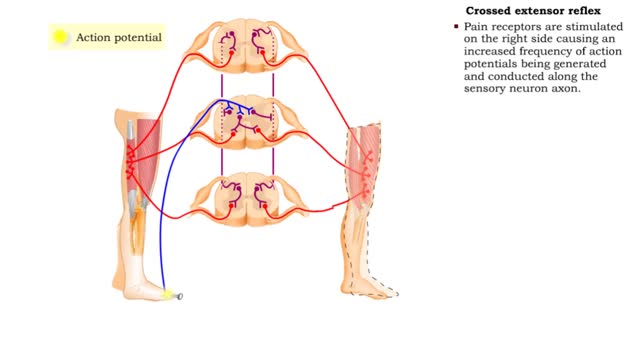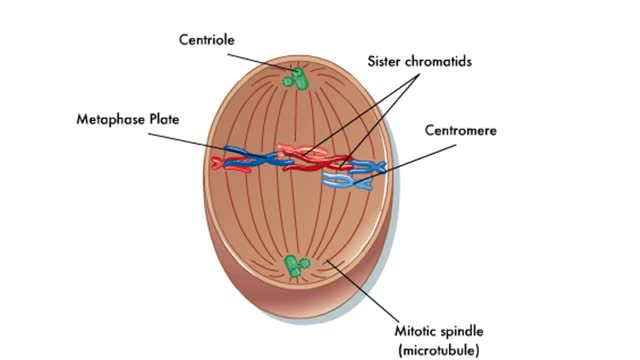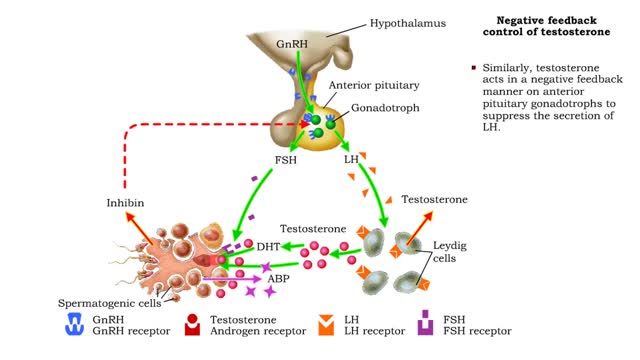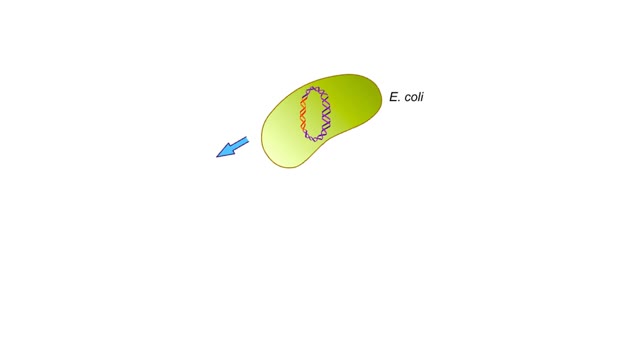Search Results
Results for: 'Helper T cell receptors'
Introduction to Sickle Cell Anemia
By: Administrator, Views: 15198
Sickle cell anemia (sickle cell disease) is a disorder of the blood caused by an inherited abnormal hemoglobin (the oxygen-carrying protein within the red blood cells). The abnormal hemoglobin causes distorted (sickled appearing under a microscope) red blood cells.
Flexor reflex & Crossed extensor reflex
By: HWC, Views: 11608
• The flexor reflex is a response to pain. This reflex is polysynaptic, ipsilateral, and intersegmental. • Pain receptors are stimulated causing increased frequency of action potentials to be generated and conducted along the sensory neuron axon. • The sensory impulses excite several ass...
Endocytosis -Types and Phagocytosis
By: HWC, Views: 11779
Endocytosis is the process by which a substance is brought inside a cell without having to pass through the cell membrane. It is the opposite of endocytosis, the process by which substances exit the cell without having to pass through the cell membrane. Exocytosis – membrane-enclosed secret...
By: HWC, Views: 9746
Prophase is the first step in the mitotic process. During prophase, the chromosomes condense. The centrosomes begin to form a spindle and move into position on opposite sides of the cell. Sister chromatids are held together by a protein called cohesin at the centromere. Prometaphase is the sec...
Male Reproductive System - Testosterone
By: HWC, Views: 12328
• Under the influence of FSH and testosterone, Sertoli cells produce androgen-binding protein (ABP) that binds to testosterone and maintains high levels of the hormone near spermatogenic cells. • Testosterone stimulates the final stages of spermatogenesis. • In addition, testosterone is...
Neural regulation of blood pressure - baroreceptor and chemoreceptor reflexes
By: HWC, Views: 12073
• The nervous system regulates blood pressure with two reflex arcs: baroreceptor and chemoreceptor. ■ Baroreceptors (pressure) and chemoreceptors (chemical) are located in the carotid sinus and aortic arch. • Carotid sinus reflex helps maintain normal blood pressure in brain. • Ba...
By: HWC, Views: 8612
DNA replication is the process by which a double-stranded DNA molecule is copied to produce two identical DNA molecules. Replication is an essential process because, whenever a cell divides, the two new daughter cells must contain the same genetic information, or DNA, as the parent cell.
Muscle cell structures - actin, myosin and titin filaments
By: HWC, Views: 11967
Once the muscle cell has been excited it will contract. • A muscle action potential will trigger the release Of Ca2+ ions into the sarcoplasm. • The Ca2+ ions bind to the regulatory proteins and trigger contraction. • Within skeletal muscle cells are structures that provide the ability...
Origin of organelles Animation
By: HWC, Views: 5375
Possible origins of the nucleus and other organelles. Some prokaryotic cells have infoldings of their plasma membrane. These infoldings may have served as channels from the cytoplasm to the cell surface. These membranous folds may have evolved into the endoplasmic reticulum and the nuclear e...
Advertisement











